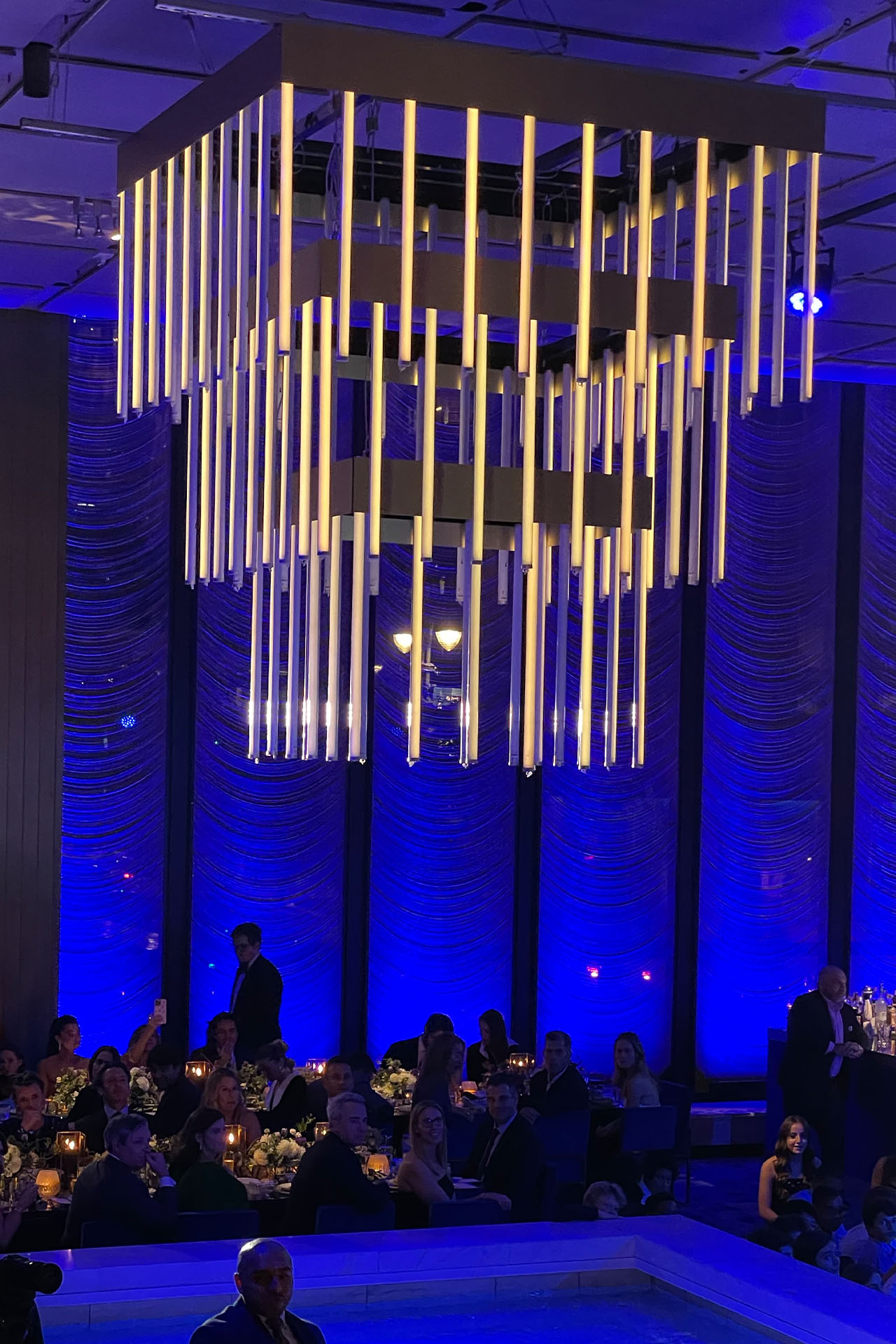Conquering Obstacles in the Craft of Video Projection Mapping Execution
Wiki Article
Video projections mapping is an exciting method that transforms ordinary areas into dynamic presentations. This technique enables creators and designers to cast images and footage onto objects like structures, sculptures, or theaters, creating an engaging aesthetic experience. However, despite its potential, implementing video projection mapping successfully comes with several challenges. Understanding and addressing these obstacles is essential for anyone looking to create memorable projection art.
One of the primary difficulties in video projection mapping is guaranteeing that the projected graphic aligns accurately with the surface. This procedure, known as "mapping," requires accurate measurements and calculations. If the projection is not matched properly, the visuals can look distorted or misplaced. To address this problem, creators often use dedicated software that assists in mapping the graphics to the object's dimensions. Moreover, conducting comprehensive tests before the final projection can help detect any discrepancies and allow for adjustments to be made.

Another major obstacle is the different brightness and hue of the projected images. Different materials react variously to light, which can influence how the colors look once projected. For instance, a pale surface will reflect brightness variously than a dark one. To overcome this, artists must think about the surface characteristics before selecting the hues and brightness for their displays. Testing the display on the actual surface during the preparation phase can provide essential insights into how the ultimate presentation will appear.
Technical difficulties can also create a challenge in video projection mapping. Issues such as equipment failure, software glitches, or network problems can interfere with the entire project. To minimize these threats, it is essential to conduct comprehensive equipment checks and have contingency plans check over here in place. This can comprise having additional cables, projectors, and even backup software options ready to go. Being prepared for technical issues can ensure a more seamless execution of the display.
Finally, viewers' engagement is an important aspect of video projection mapping. While the graphics are key, how the audience interact with the display can make a significant difference. Creators must think about how to design their projections to captivate viewers’ focus and encourage interaction. This can involve incorporating elements that invite participation or create a narrative that resonates with Discover More Here the audience. Gathering feedback from test audiences can also help refine the presentation to enhance engagement.
In conclusion, overcoming obstacles in video projection mapping requires careful planning and creativity. By addressing the challenges of alignment, brightness, technical problems, and viewer engagement, artists can create stunning and impactful projections. With the appropriate strategies in place, video projection mapping can transform ordinary spaces into remarkable encounters, engaging viewers and creating a memorable impact.